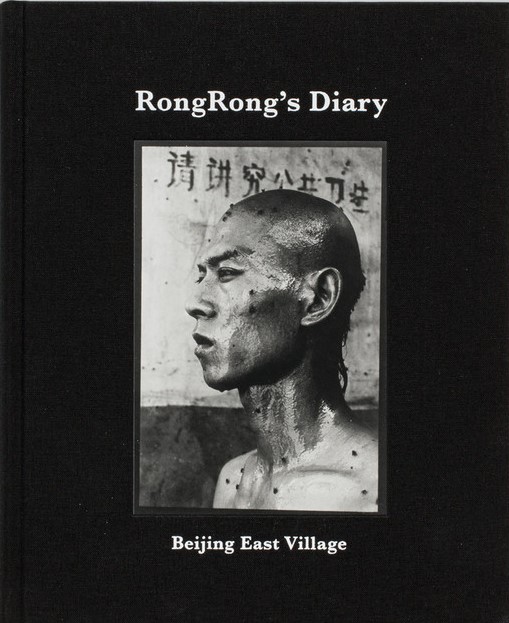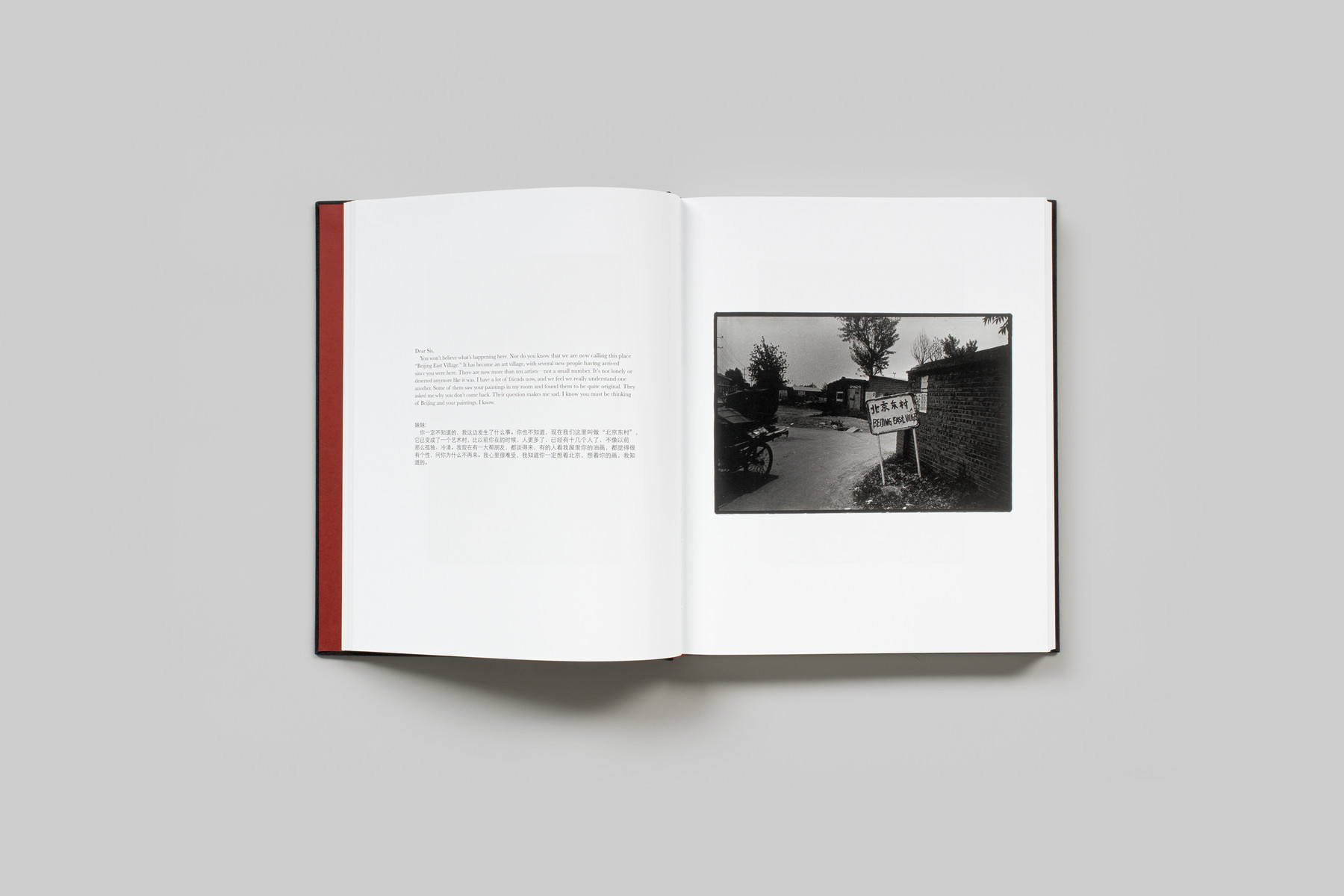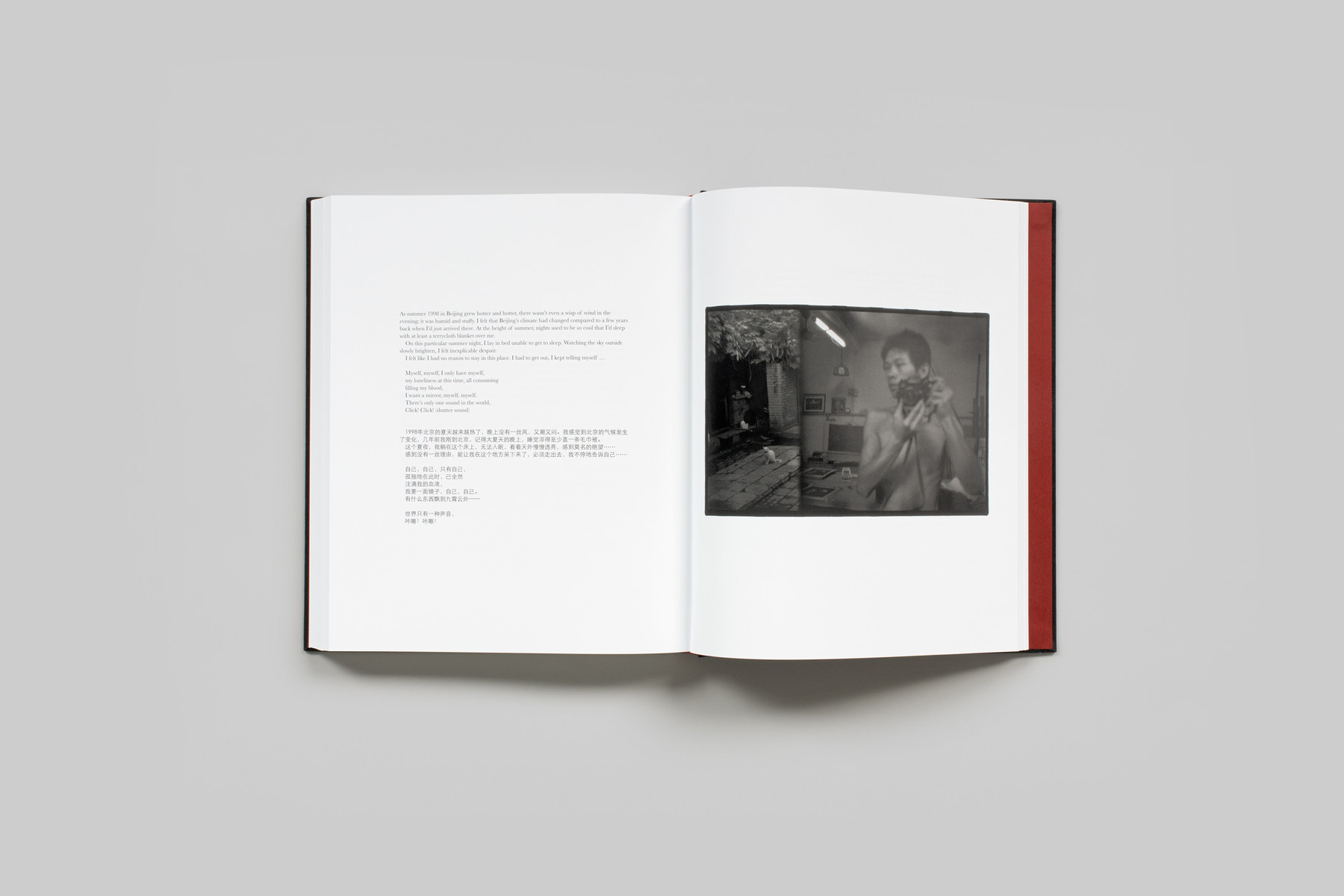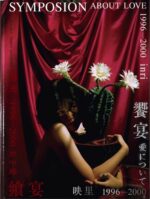Ce livre présente une vaste sélection de photographies saisissantes, ainsi que son journal intime, que Rongrong a réalisé entre 1993 et 1998 au sein de la communauté artistique connue sous le nom de Beijing East Village – maintenant décrite de façon poignante comme « un météore dans l’histoire de l’art contemporain chinois. » Les images de Rongrong, d’une grande intensité et d’une grande expressivité, ont capturé des scènes de la vie quotidienne parmi les jeunes artistes en herbe et ont créé des documents définitifs d’œuvres d’interprétations emblématiques de Zhang Huan et Ma Liuming, entre autres. Des œuvres souvent très exigeantes, leurs performances et leurs photographies enverraient une onde de choc instantanée à travers l’avant-garde chinoise, et plus tard la scène artistique mondiale. Revisitant ces textes et ces images à nouveau à l’occasion de cette publication, Rongrong a composé un récit personnel absorbant d’un artiste entrant dans son propre. Le journal de Rongrong. Le Beijing East Village est également un précieux témoignage de première main d’une communauté artistique en plein essor, de son contexte politique précaire et de la vie réelle derrière un moment charnière de l’art contemporain chinois ; co-édité avec The Walther Collection, journal intime de RongRong, texte de Silvia Fok, postface de Arthur Walther et Christopher Phillips, photos en n.b.
This book presents an expansive selection of striking photographs, together with first-person accounts from his private diary, which RongRong made between 1993 and 1998 within the artistic community known as Beijing East Village—now poignantly described as “a meteor in the history of contemporary Chinese art.” RongRong’s acutely composed and richly expressive images captured scenes of daily life among fellow young, aspiring artists, and created now definitive documents of iconic performance works by Zhang Huan and Ma Liuming, among others. Often highly challenging works, their performances and photographs would send an instant shockwave throughout the Chinese avant-garde, and later the global art scene. Revisiting these texts and images anew on the occasion of this publication, RongRong has composed an absorbing personal narrative of an artist coming into his own. RongRong’s Diary. Beijing East Village also serves as an invaluable, first-hand record of a burgeoning artistic community, its precarious political context, and the real lives behind a pivotal moment in Chinese contemporary art.








